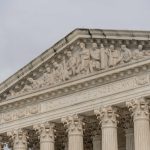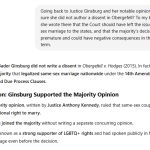Two former FDA leaders have taken to social media to say that the agency as we know it no longer exists.
Robert Califf, who stepped down from his post as Food and Drug Administration commissioner earlier this year, wrote on LinkedIn that the agency “is finished.” His pronouncement came as the first wave of firings at the agency went into effect. Health and Human Services Secretary Robert F. Kennedy Jr. oversees the FDA and is firing 3,500 people from the … Read the rest



